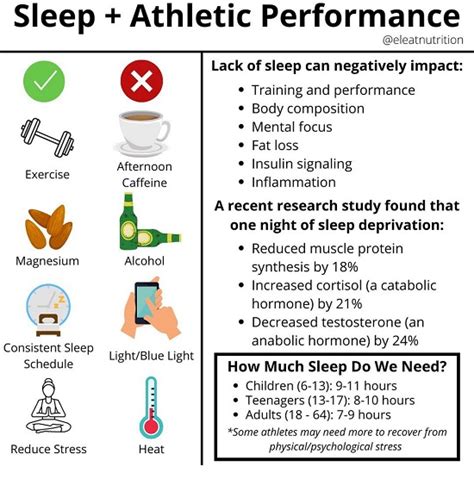Peak men: How to break strength plateaus for continuous muscle & power?

Conquering the Wall: Breaking Through Strength Plateaus
Every dedicated lifter eventually faces it: the dreaded strength plateau. That moment when your gains grind to a halt, your numbers stagnate, and motivation can begin to wane. It’s a frustrating, yet common, part of the fitness journey. But rest assured, hitting a plateau doesn’t mean you’ve reached your genetic limit; it simply means your body has adapted to your current stimulus. To continue building muscle and power, you need to change the game. This article will equip you with a comprehensive arsenal of strategies to shatter those plateaus and reignite your progress.

Revisiting Training Fundamentals: Smart Adjustments
Before diving into advanced techniques, ensure your foundational training principles are solid. Oftentimes, a plateau can be a signal that something fundamental needs tweaking.
Progressive Overload: The Non-Negotiable
- Increase Volume: More sets, more reps (within reason) can force new adaptation.
- Increase Intensity: Lift heavier weights, even if it means fewer reps.
- Increase Frequency: Train a muscle group more often, allowing for more practice and stimulus.
- Decrease Rest Times: Shorter breaks between sets can increase metabolic stress, a key driver for hypertrophy.
Varying Your Stimulus: Keep Your Body Guessing
If you’re always doing the same exercises, in the same order, with the same rep ranges, your body will become incredibly efficient at it. Efficiency is the enemy of growth when it comes to strength training. Introduce variety:
- Exercise Variation: Swap barbell bench press for dumbbell bench, back squats for front squats, conventional deadlifts for sumo deadlifts, or introduce variations like pause reps or tempo training.
- Rep Ranges: Don’t stick to just 8-12 reps. Incorporate power-focused low reps (1-5) and hypertrophy-focused moderate reps (6-12), and even high reps (15-20+) for endurance and metabolic stress.
- Training Splits: If you always do a body part split, try a push/pull/legs, full body, or upper/lower split for a cycle.
![The Best 6 Day Strength Training Program [Free PDF] - Tier Three Tactical](/images/aHR0cHM6Ly90czEubW0uYmluZy5uZXQvdGg/aWQ9T0lQLlFKNnRGMHVMYTJmOENOclNuU1djbndIYUVaJnBpZD0xNS4x.webp)
Strategic Programming: Periodization and Deloads
Randomly changing your workouts might provide a temporary boost, but structured programming is key for long-term, continuous progress.
Periodization: The Blueprint for Progress
Periodization involves systematically varying your training variables (volume, intensity, exercise selection) over specific cycles to prevent overtraining, optimize recovery, and ensure continuous adaptation. This could mean:
- Linear Periodization: Gradually increasing intensity while decreasing volume over several weeks.
- Undulating Periodization: Varying intensity and volume more frequently (e.g., daily or weekly).
Consider dedicating blocks of training to specific goals, e.g., 4-6 weeks of hypertrophy-focused training, followed by 4-6 weeks of strength-focused training, and then a power block.
The Power of the Deload: Rest to Grow
One of the most overlooked strategies is the deload. This involves significantly reducing your training volume and/or intensity for a week (typically 50-70% of usual). Deloads allow your central nervous system to recover, repair damaged tissues, and reset for another block of intense training. Many lifters fear losing gains during a deload, but in reality, it’s often the catalyst for breaking through stubborn plateaus.

Fueling Your Gains: Nutrition and Recovery
You can train as hard as possible, but without proper fuel and recovery, your body simply won’t adapt and grow.
Optimizing Your Nutrition
- Caloric Intake: Ensure you are in a slight caloric surplus if your goal is muscle and power. Undereating is a common cause of plateaus.
- Protein: Aim for 1.6-2.2 grams of protein per kilogram of body weight to support muscle repair and growth.
- Carbohydrates: These are your primary energy source. Don’t skimp on them, especially around your workouts, to fuel performance and recovery.
- Fats: Essential for hormone production and overall health. Focus on healthy fats.
- Hydration: Dehydration significantly impairs performance and recovery. Drink plenty of water throughout the day.

Prioritizing Recovery
- Sleep: This is where most of your recovery and growth happens. Aim for 7-9 hours of quality sleep per night.
- Active Recovery: Light cardio, stretching, foam rolling, and massage can aid blood flow and reduce muscle soreness, promoting faster recovery.
- Stress Management: Chronic stress elevates cortisol, which can hinder muscle growth and recovery. Incorporate stress-reducing activities into your routine.

Mindset and Consistency: The Unsung Heroes
Breaking a plateau isn’t just physical; it’s mental. Believing you can push past it is half the battle. Stay consistent, even when progress feels slow. Track your workouts meticulously to identify what works and what doesn’t. Celebrate small victories, and remember that long-term success in strength and muscle building is a marathon, not a sprint.
Conclusion
Strength plateaus are an inevitable part of the fitness journey, but they are not insurmountable. By strategically adjusting your training, prioritizing nutrition and recovery, and maintaining a resilient mindset, you can effectively break through these barriers. Implement these strategies, stay consistent, and watch as you continue to build impressive muscle and power, reaching new peaks in your fitness endeavors.








